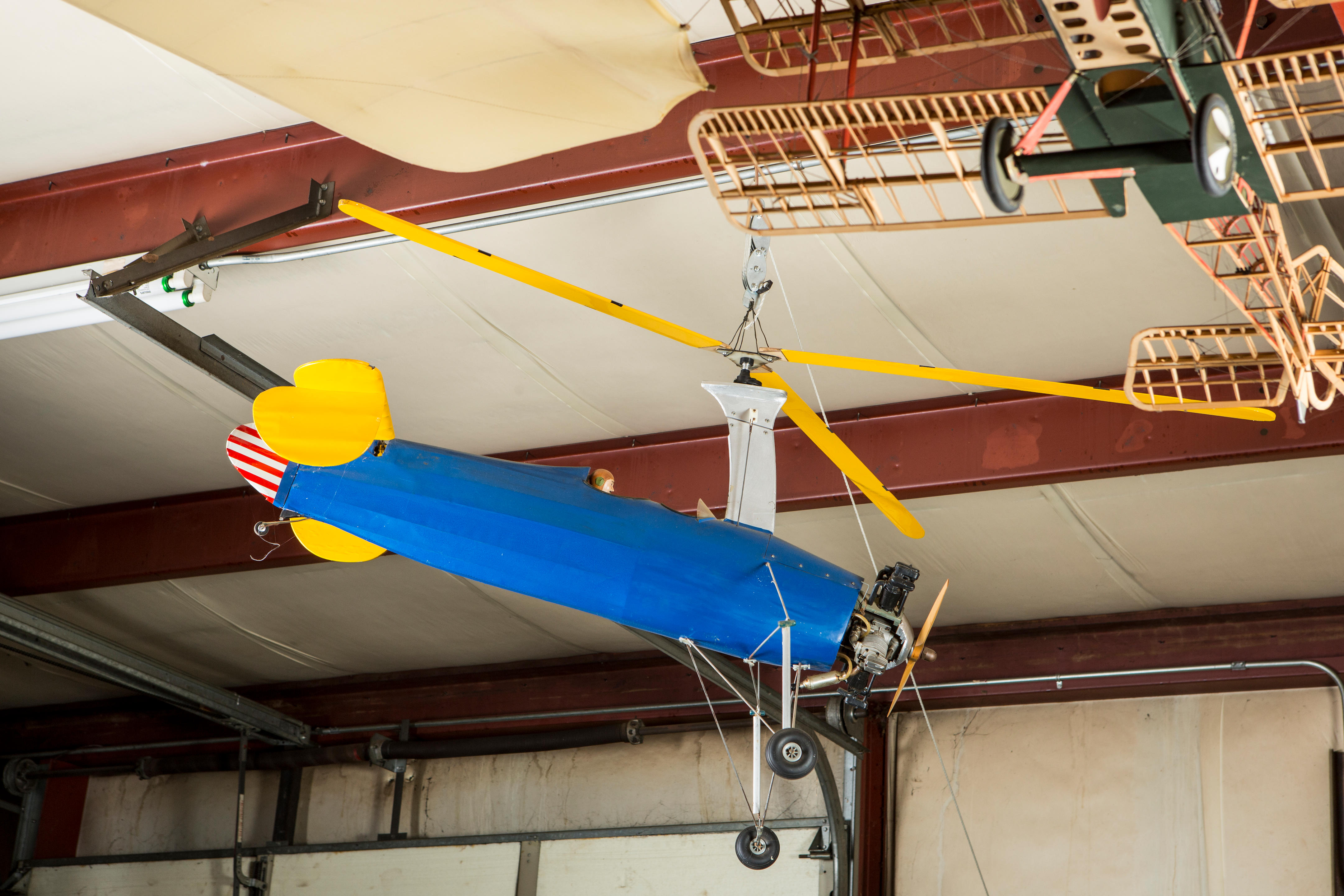192ci Flathead Inline 4-Cylinder Engine 30bhp 3-Speed Selective-Shift Manual Transmission and Shaft Drive Front Semi-Elliptic Leaf Springs, Floating Rear Axle with ¾ Elliptic Leaf Springs Rear-Wheel Drum Brakes *Offered by a friend of the Don C. Boulton Family *Oldsmobile's attempt to enter the "light car" market *Surprisingly peppy, with 30hp on tap *A well-maintained, mechanically sound older restoration *Beautiful and unusual color scheme *Nimble and easy to drive THE BRASS ERA OLDSMOBILE Having started with the small and affordable 'Curved Dash' and later moving to the high-horsepower Autocrat and Limited, by the end of the Brass Era Oldsmobile had settled into a comfortable mid-priced line of attractive touring cars with flathead 4-cylinder engines with cast iron blocks, modern selective-shift transmissions and shaft drive, and elegant styling features. The 1914 Model 42, rated at 20hp by the factory but actually producing nearer to 30bhp, was an attempt by Oldsmobile to move into the small car market with a lighter, nimbler automobile. It was distinguished by a subtle version of what a French coachbuilder might have called a fiacre line through the cowl, as well as rakishly angled hood louvers, imported Circassian walnut trim, genuine hickory wheels, and a Delco lighting, starting, and ignition system. The factory claimed that it would run from 5 to 50 mph in low gear and could achieve from 16 to 18 mpg. The Model 42 may have been, in its bones, a conservative family car, but it looked far sportier, and versions of its design would be produced for the next several years. THE MOTORCAR OFFERED The Model 42 offered here is a handsome older restoration, finished in rich burgundy with black moldings and fenders, varnished wood door caps, and an interior in synthetic leather, as well as varnished wooden wheels. Accessories include a New Haven 8-day clock and a rear-mounted spare. It apparently has a long history of enthusiast use, as it was listed in the 1961 AACA roster with Theodore Gruener; a brass tag identifies it as having been driven in a Bicentennial Ketchum Wagon Days Parade, presumably in Idaho, in 1976. Inspection shows that the car has clearly been serviced and used, as the engine appears relatively fresh and well-maintained, and it retains the original Olds Motor Works identification tag under the front seat. The color scheme is excellent and the black canvas top is in nearly-new condition. Long owned by a close family friend of the late Don C. Boulton, it has been on display alongside Mr. Boulton's personal automobiles for many years. The owner has now consigned it to be offered here, alongside the Boulton cars, for the last time. This is a wonderful and cost-effective way to enter the fascinating world of Brass Era touring, in a comfortable, good-looking, and well-kept automobile from one of the great American names.
192ci Flathead Inline 4-Cylinder Engine 30bhp 3-Speed Selective-Shift Manual Transmission and Shaft Drive Front Semi-Elliptic Leaf Springs, Floating Rear Axle with ¾ Elliptic Leaf Springs Rear-Wheel Drum Brakes *Offered by a friend of the Don C. Boulton Family *Oldsmobile's attempt to enter the "light car" market *Surprisingly peppy, with 30hp on tap *A well-maintained, mechanically sound older restoration *Beautiful and unusual color scheme *Nimble and easy to drive THE BRASS ERA OLDSMOBILE Having started with the small and affordable 'Curved Dash' and later moving to the high-horsepower Autocrat and Limited, by the end of the Brass Era Oldsmobile had settled into a comfortable mid-priced line of attractive touring cars with flathead 4-cylinder engines with cast iron blocks, modern selective-shift transmissions and shaft drive, and elegant styling features. The 1914 Model 42, rated at 20hp by the factory but actually producing nearer to 30bhp, was an attempt by Oldsmobile to move into the small car market with a lighter, nimbler automobile. It was distinguished by a subtle version of what a French coachbuilder might have called a fiacre line through the cowl, as well as rakishly angled hood louvers, imported Circassian walnut trim, genuine hickory wheels, and a Delco lighting, starting, and ignition system. The factory claimed that it would run from 5 to 50 mph in low gear and could achieve from 16 to 18 mpg. The Model 42 may have been, in its bones, a conservative family car, but it looked far sportier, and versions of its design would be produced for the next several years. THE MOTORCAR OFFERED The Model 42 offered here is a handsome older restoration, finished in rich burgundy with black moldings and fenders, varnished wood door caps, and an interior in synthetic leather, as well as varnished wooden wheels. Accessories include a New Haven 8-day clock and a rear-mounted spare. It apparently has a long history of enthusiast use, as it was listed in the 1961 AACA roster with Theodore Gruener; a brass tag identifies it as having been driven in a Bicentennial Ketchum Wagon Days Parade, presumably in Idaho, in 1976. Inspection shows that the car has clearly been serviced and used, as the engine appears relatively fresh and well-maintained, and it retains the original Olds Motor Works identification tag under the front seat. The color scheme is excellent and the black canvas top is in nearly-new condition. Long owned by a close family friend of the late Don C. Boulton, it has been on display alongside Mr. Boulton's personal automobiles for many years. The owner has now consigned it to be offered here, alongside the Boulton cars, for the last time. This is a wonderful and cost-effective way to enter the fascinating world of Brass Era touring, in a comfortable, good-looking, and well-kept automobile from one of the great American names.















Testen Sie LotSearch und seine Premium-Features 7 Tage - ohne Kosten!
Lassen Sie sich automatisch über neue Objekte in kommenden Auktionen benachrichtigen.
Suchauftrag anlegen